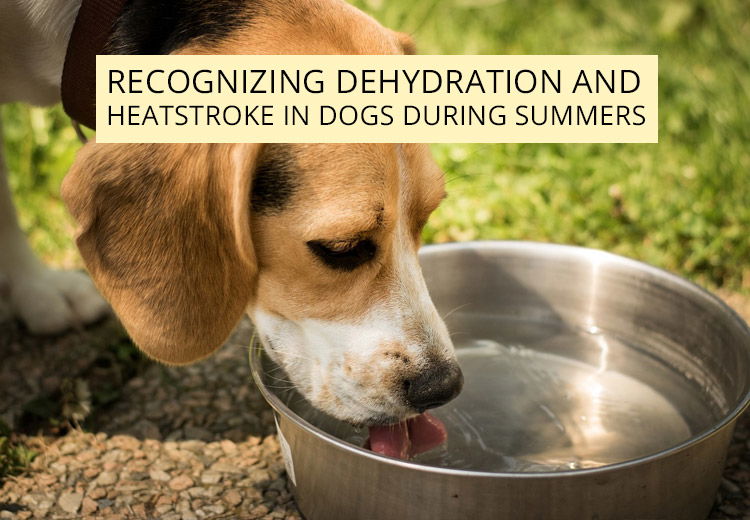 Mar 08, 2019
Mar 08, 2019

We know you must be desperately waiting to go out on a vacation with your family and pet as the summers set in. A beach trip to some exotic location or simply a picnic in a nice park, perhaps, right? Well, undoubtedly you would be looking forward to enjoying it to the fullest with no means of having it getting ruined due to some reasons obviously. However, irrespective of what you have arranged, it is essential to take good care of your pet if you are involving him in your outdoor plans. In fact, it doesn’t only apply to go on a trip but to the entire summers when the scorching rays of the sun are ready to squeeze every miniscule of your pet’s energy.
Summers can mean over-exertion, dehydration, and even heatstroke if necessary care is not provided to dogs which may result in unwanted consequences; therefore you must stay vigilant of their health and make proper arrangements in advance before heading out of the house.
Dogs are playful and when they are out, they get engrossed in all sort of exciting activities and often forget to indicate that they are thirsty. This may unknowingly lead to dehydration. So, dehydration is thus caused when the body doesn’t have enough water to sustain itself in the heated environment. As the body loses an excessive amount of water through perspiration and salivation, the normal functioning of the vital organs is hampered and gradually the organs start failing which may cause the dog to collapse.
Initial signs of dehydration in dogs may include –
How Do Dogs Get Heatstroke?
Heatstroke occurs when the dog’s body temperature elevates above normal when he stays in the heated surroundings for long and his body isn’t able to sustain that excessive heat. This, in turn, causes heatstroke which may even lead to multiple organ dysfunctions.
Summers can take a toll on your pet’s body therefore as pet parents we must ensure we cater to all his needs. It is not just important to prevent him from dehydration and heatstroke but also from parasites that become highly active as the summer starts. Providing appropriate parasitic treatments and feeding him a proper diet will boost his strength as well as immunity. So, make sure this summer you take as much care of your pet as you can to protect him from the blazing sun.